Google Stadia: Our 3 Biggest Concerns
Google's Stadia game streaming platform has incredible potential, but Google has to address these key issues to ensure it succeeds.
SAN FRANCISCO – After months of speculation, Google Stadia is finally here. The new streaming service, which began as a test balloon with Google’s Project Stream, will receive a full release before the end of the year, allowing gamers to play high-end games on just about any device that runs Google Chrome.
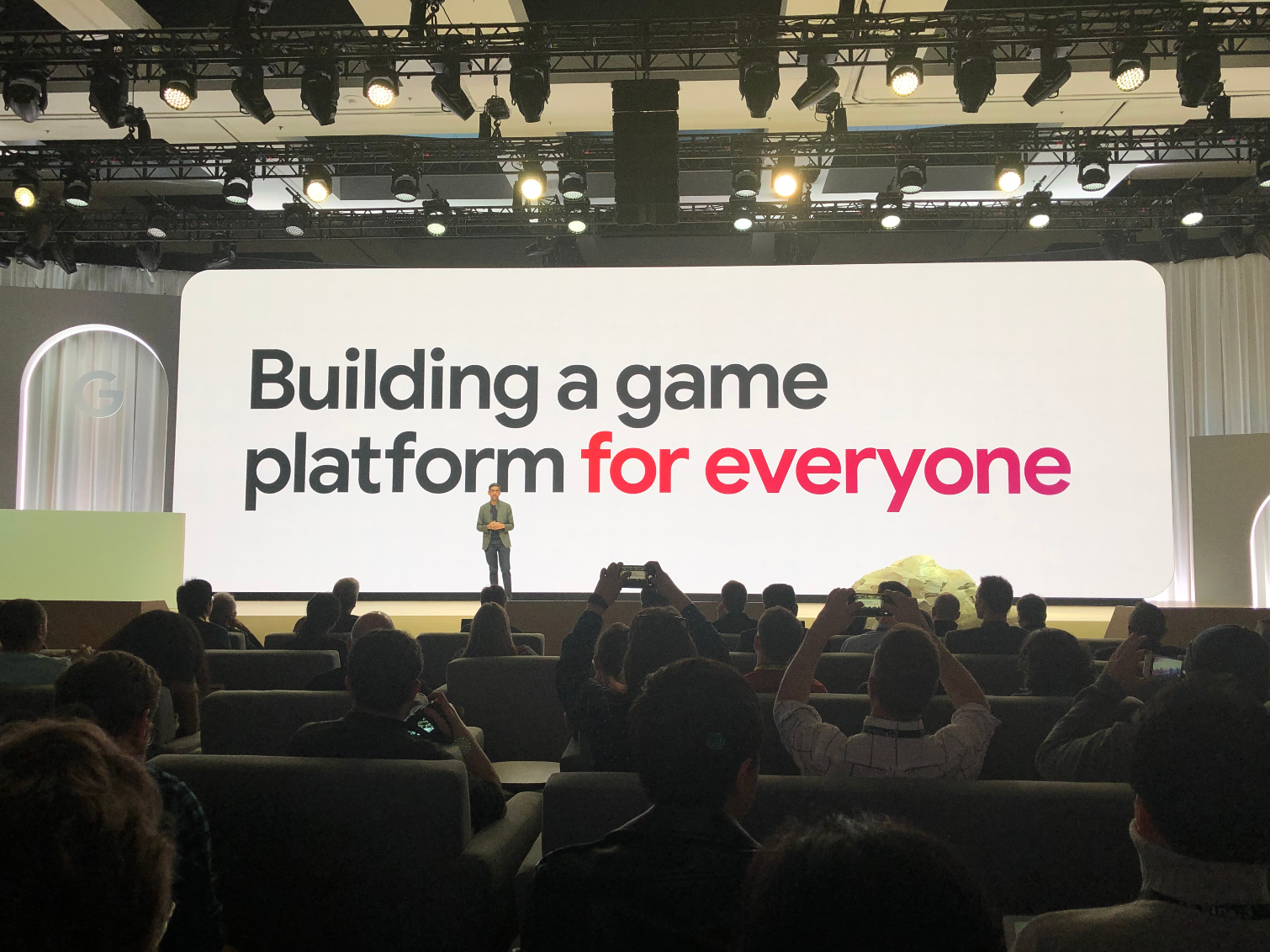
If all goes according to plan, it could usher in a new era of big-budget game-streaming – and if not, it could join Google Wave, Google Glass and Google+ in the tech industry’s ash heap.
However, while we have a pretty good idea of what Stadia is, Google was surprisingly coy about what games it would play, how much it would cost and where we might see the service after 2019. At more than one point during the presentation, Google representatives expressed the belief that their product could change the gaming industry forever. If that’s true, though, there are still a few things we need to know about it.
Which games will Stadia play?
Before Google’s presentation began, its big screen teased us with a bevy of hazy icons from familiar games. Splinter Cell, Civilization, Skyrim, even Super Mario Bros. – Google’s preshow let our imaginations run wild with what Stadia might ultimately support.
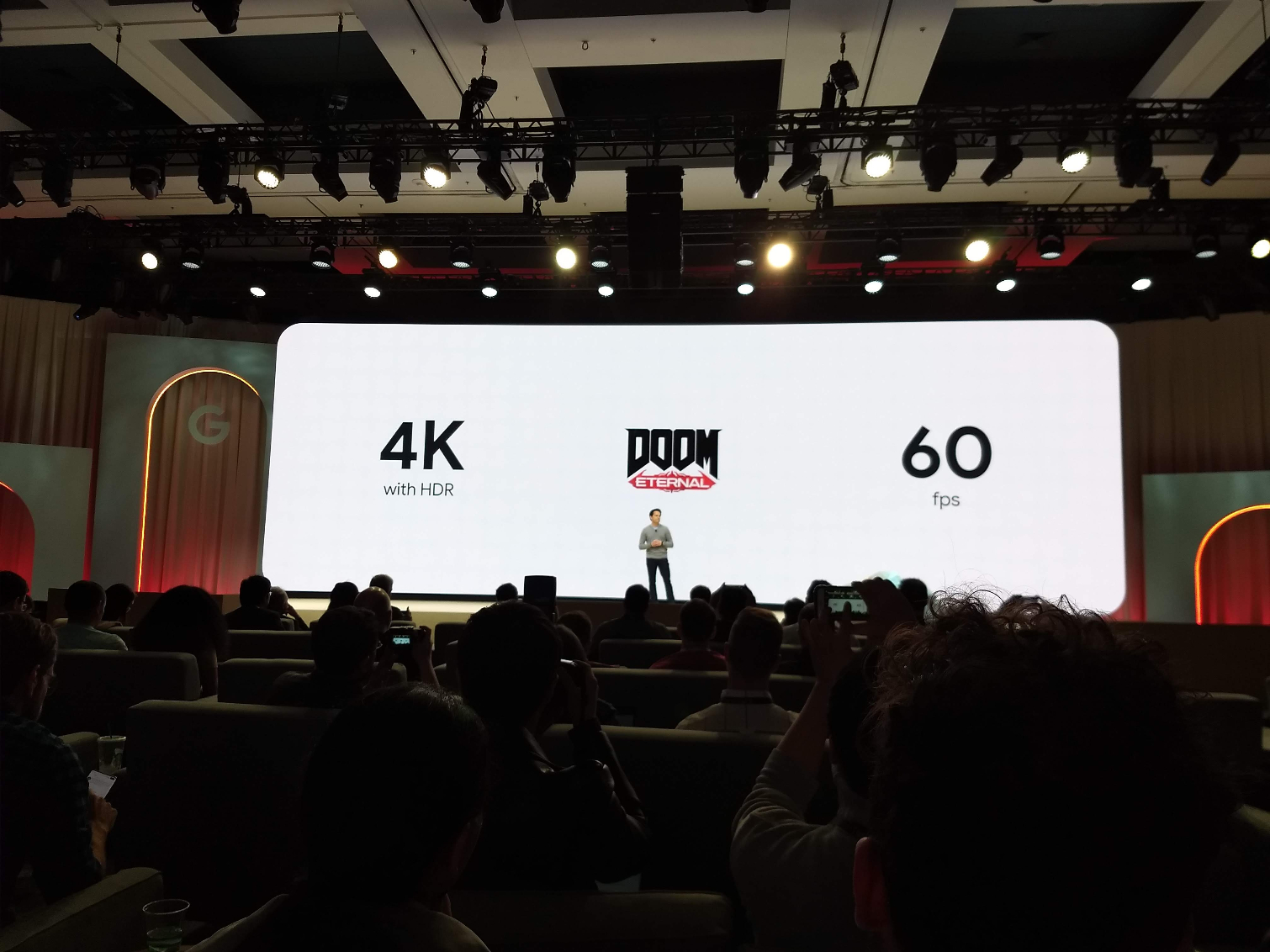
Well, the system could theoretically host any of those games. But, at present, we know that Stadia will support Assassin’s Creed Odyssey, Doom Eternal, NBA 2K and precious little else. Now, credit where it’s due: This is a good starting lineup, and Google has plenty of time to wow us with a more robust lineup this summer, when it promised to share more information about Stadia. But it’s not exactly wowing us with titles we’ve never seen before.
One of the most exciting parts of Google’s presentation was introducing Jade Raymond as the new head of Stadia Games and Entertainment. With her Ubisoft pedigree, we expect that Raymond could spearhead any number of exciting, exclusive titles – and we were a little surprised that she didn’t. Hopefully, this is one of the first things we’ll see this summer.
How much will Stadia cost?
Another mystery about Stadia is how much it plans to charge for its games. Will players buy standalone titles, or pay for subscription packages? Will games cost just as much as brand-new PC, PS4 and Xbox One titles, or will Google use its massive market presence to cut prices? With Google’s commitment to cross-play options, will gamers who already own a title have an opportunity to change platforms at a reduced price?
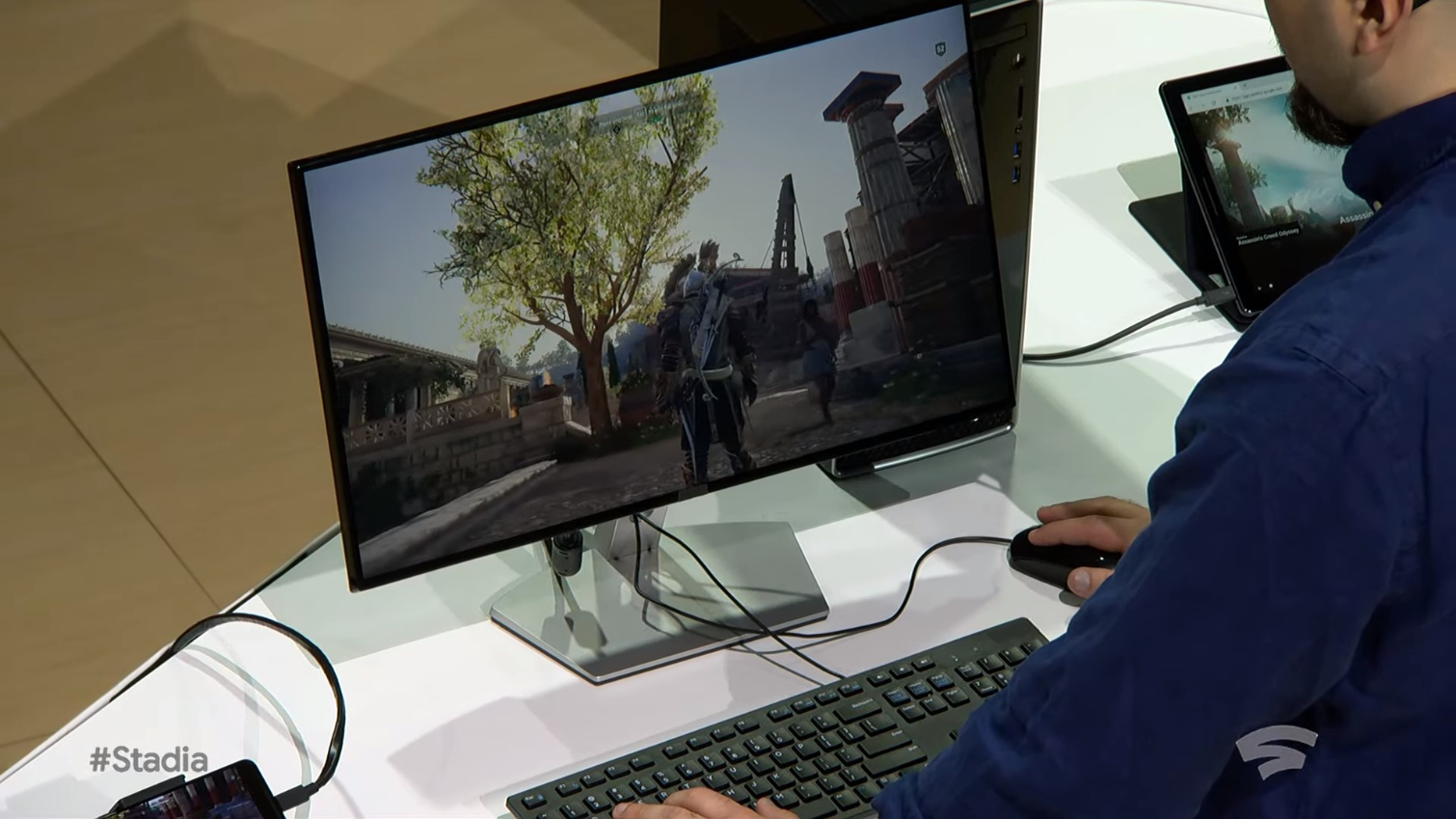
Well, the short answer is that we don’t know yet. Project Stream didn’t charge anything for Assassin’s Creed Odyssey, but it’s important to remember that Project Stream was just a test, and players were doing Google a favor by helping to test the company’s infrastructure. While we wouldn’t be surprised to see Google offer a complimentary title or two to get people hooked, players are going to have to shell out some money, one way or another.
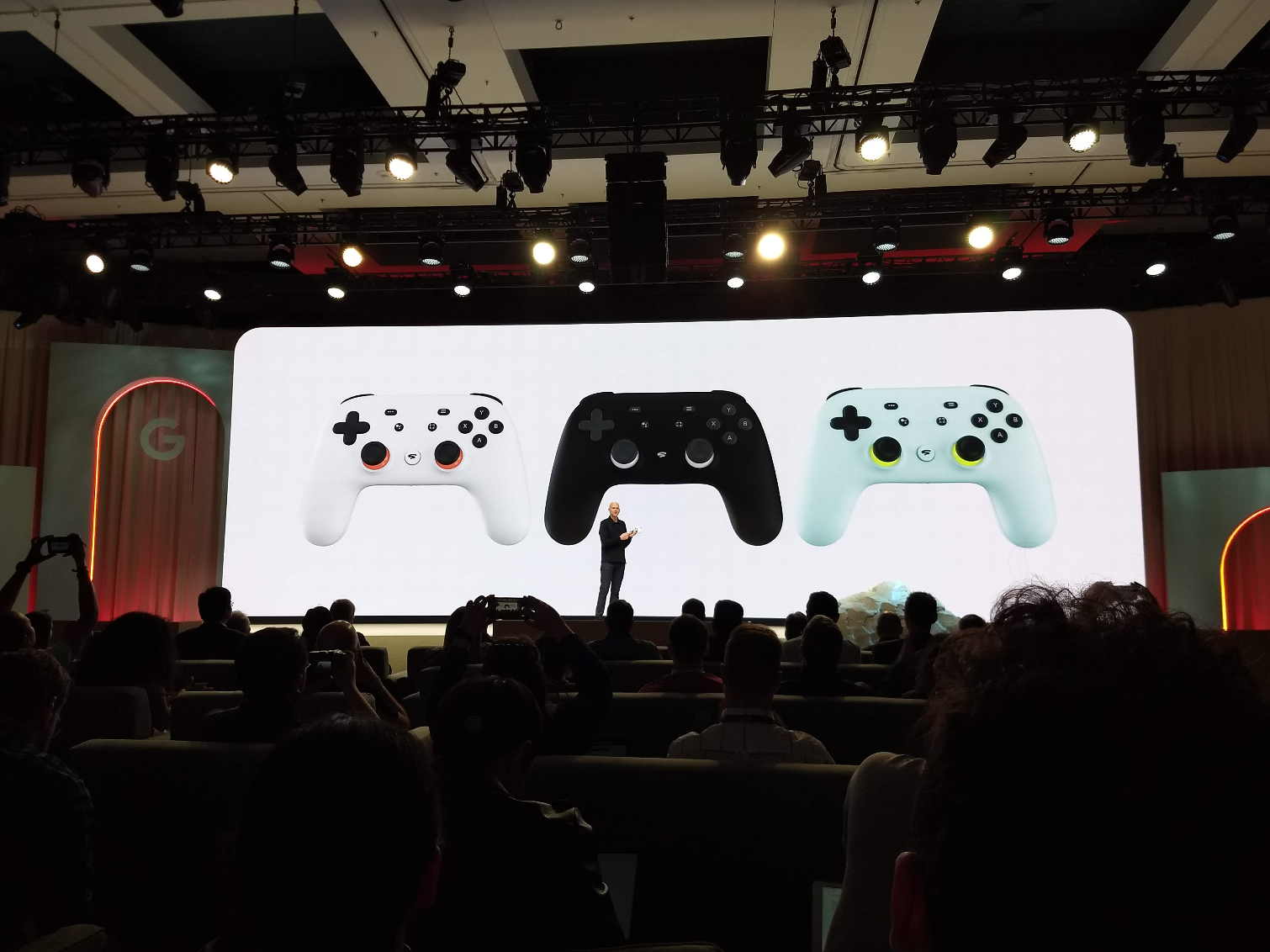
We also don’t know how much the Stadia controller would cost. However, there is some good news on both fronts: Stadia works with the systems and controllers that players already own, so they won’t have to buy any new hardware once the platform launches. That’s already a big advantage over traditional console and PC structures.
Where will Stadia be available?
Google will launch Stadia in the U.S., UK, Canada and Europe before the end of the year. The company didn’t elaborate on whether it will be a staggered release or happen all at once, but it seems safe to say that there will be plenty of places to play Stadia before the year is out.
On the other hand, an early part of the Stadia presentation focused on how many locations Google services: 19 regions and more than 200 countries and territories. Three countries and one continent are a good start, but hopefully, Google will set its sights even higher.
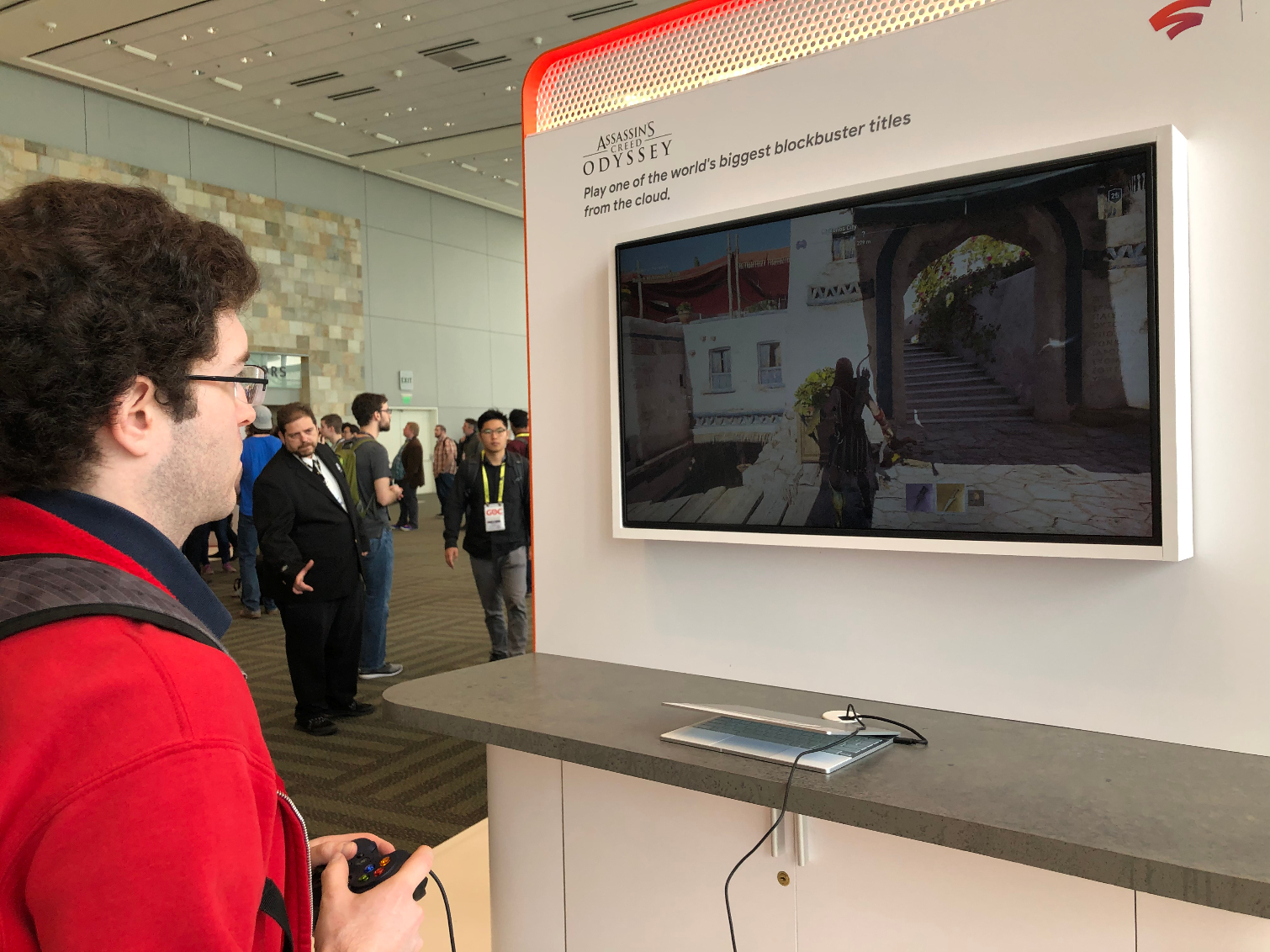
The current gaming market does not service all regions of the world equally well. Central Asia, sub-Saharan Africa, the Middle East and the South Pacific don’t have the best game distribution networks at present. Even Australia and New Zealand often have to wait ages to access streaming services that Europe and North America get right away.
If Google Stadia really wants to be gaming’s great equalizer, one of its most forward-thinking moves would be to make AAA gaming available to everyone, not just a handful of wealthy regions. Naturally, expanding Stadia’s customer base even further wouldn’t hurt, either.
With any luck, Google will address all these concerns and more this summer. In the meantime, those curious about game-streaming can try services like Nvidia GeForce Now and PlayStation Now to see what the technology is all about.
Be sure to check out our GDC 2019 hub page for all of the latest gaming news and hands-on impressions straight out of San Francisco.
Sign up to get the BEST of Tom's Guide direct to your inbox.
Get instant access to breaking news, the hottest reviews, great deals and helpful tips.
Marshall Honorof is a senior editor for Tom's Guide, overseeing the site's coverage of gaming hardware and software. He comes from a science writing background, having studied paleomammalogy, biological anthropology, and the history of science and technology. After hours, you can find him practicing taekwondo or doing deep dives on classic sci-fi.

